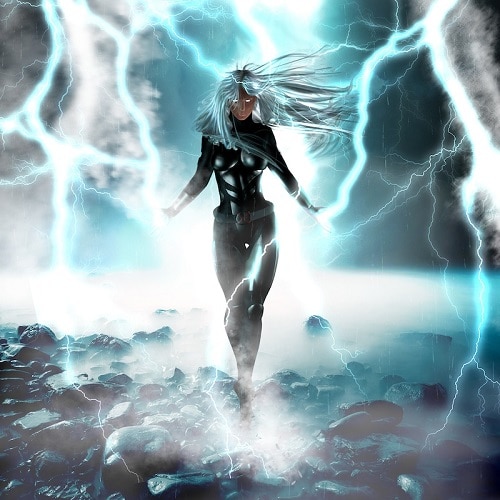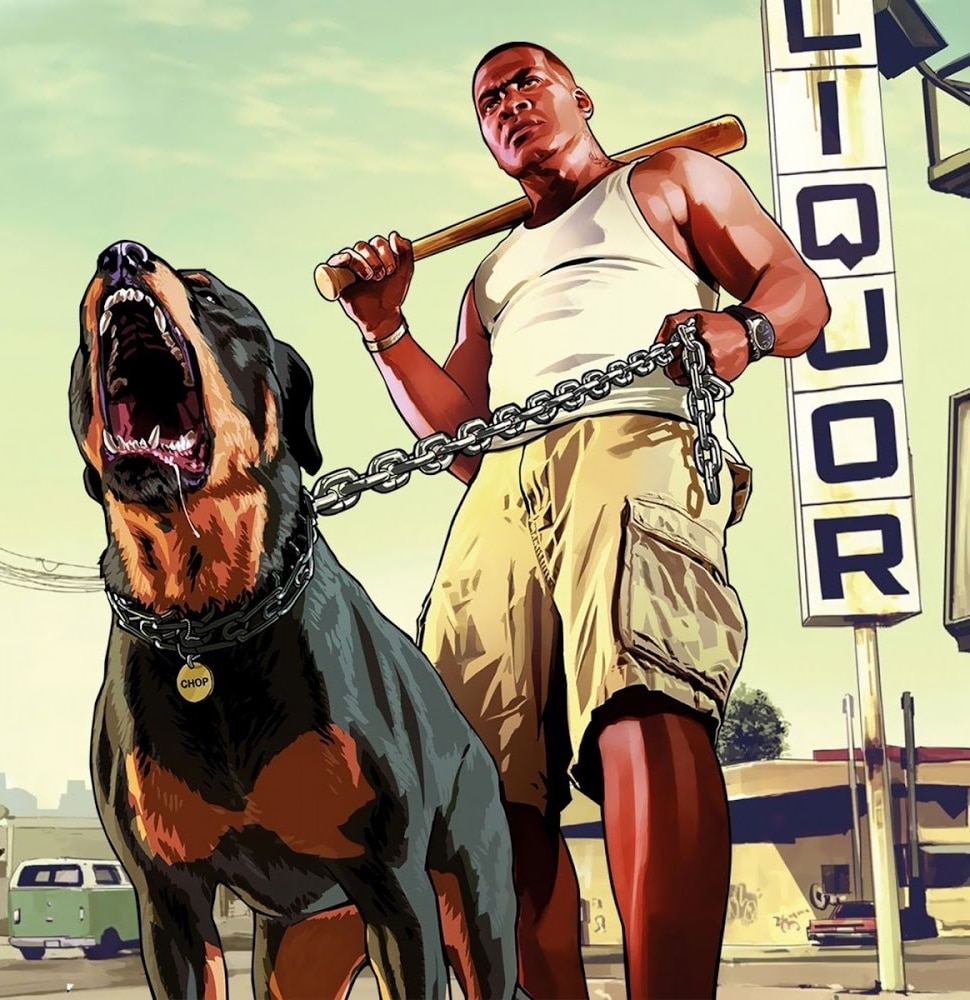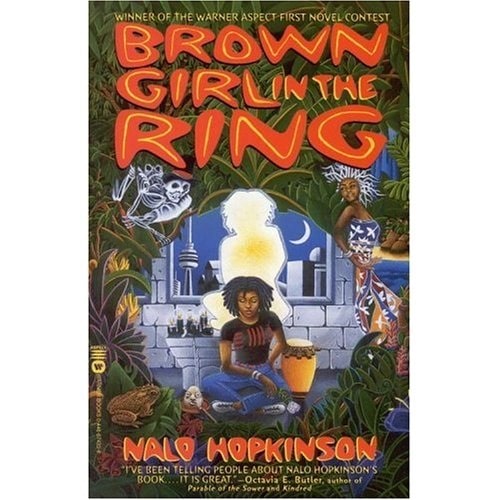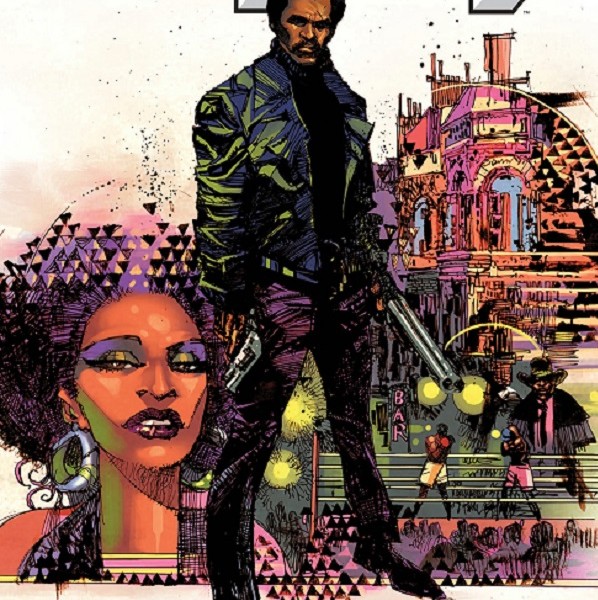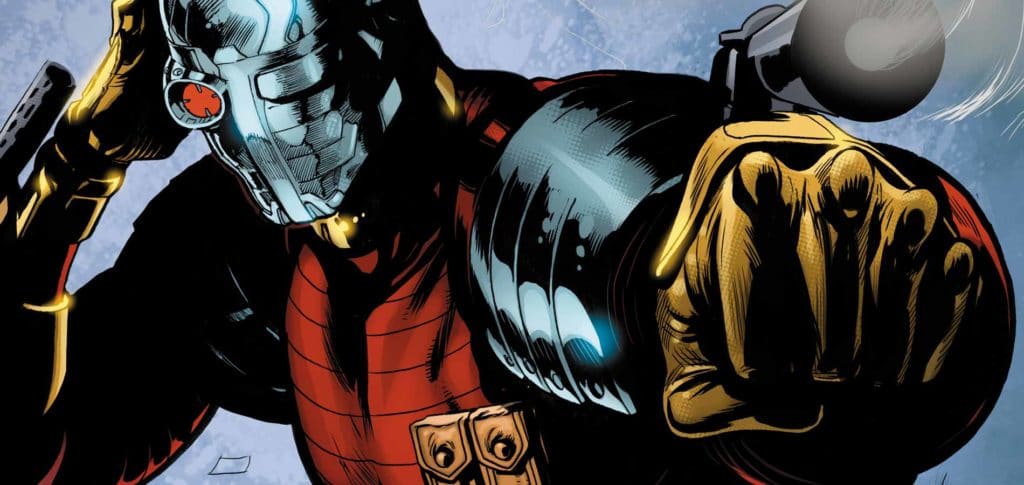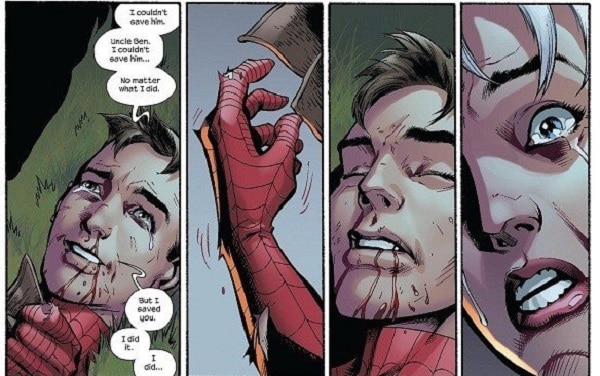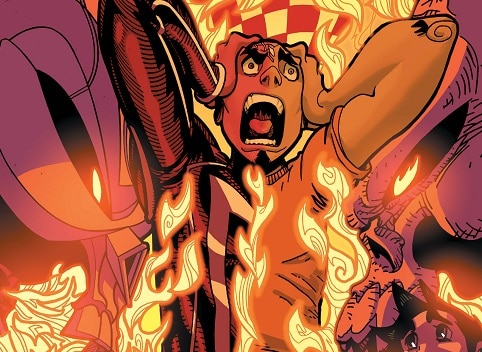After tons of rumors and speculation, Suicide Squad fans are finally getting confirmation about which stars will be taking on some of the comic book world’s favorite villains in the 2016 film directed by David Ayer, and Will Smith has been selected for the role of Deadshot.
For once, all the rumors turned out to be true.
For weeks, rumors were swirling that Smith would be trading in his good-guy badge to take on the role of a sometimes villain, sometimes anti-hero who has been known to have a bit of a death wish and an insatiable urge for a violent victory.
Deadshot is one of the villains who will be teaming up with other infamous bad guys to go on a few suicide missions in exchange for some level of redemption for their past crimes – which are rather serious to say the least.
Deadshot is certainly not as famous as the film’s other villains, which include the Joker and the ever-so-quirky but eerily beautiful Harley Quinn, but for those who are familiar with the character they understand that there is a lot riding on Smith’s shoulders.
The villain made his first appearance in the Batman comics back in 1950 and quickly grew to be one of the favorite bad guys with a soft spot for his daughter and an incredible record when it comes to shooting targets.
For those who haven’t dived into the comic book world, Deadshot is boasted as the villain who never misses his shot.
There are some concerns that the Fresh Prince of Bel-Air star may not be able to take on a much darker role and have it be believable, but Smith’s track record as a good guy has not always been about the actor taking on happy, upbeat roles.
While he was responsible for years of gut-twisting laughter back in the ’90s, Smith’s other roles have allowed him to dive into a darker space even if he was technically a good guy.
From his role in I Am Legend where he has to do all he can to survive the invasion of bloodthirsty mutants to the tear-jerking Seven Pounds where his character makes the ultimate sacrifice to change the lives of seven complete strangers in hopes to cope with a dark past, Smith has proven time and time again that when a role calls for a darker outlook he is more than capable to take it there.
Also, if his wife’s role in Gotham is any indication of how Smith might be able to take on a more villainous character, then there is certainly nothing to worry about.
Jada Pinkett-Smith is currently the face of the sassy and always-conniving mob boss Fish Mooney in the TV series that dives into the world of Gotham before there was ever a Batman to help fight crime in the corrupted city.
Of course, Smith won’t be all bad in Suicide Squad as he will be using his sharp shooting skills and thirst for blood in order to help the government.
At Smith’s side will be Jared Leto as the Joker, Tom Hardy as Rick Flag, Margot Robbie as Harley Quinn, Jai Courtney as Boomerang and Cara Delevingne as Enchantress.
The movie will reportedly start filming in April in Toronto, the WB/DC mega-docket announced back in October.
While these casting rumors have been confirmed, there is no word out on whether the studio got its alleged first pick for the role of the Squad’s head hard-case Amanda Waller.
According to Variety, Warner Bros’ is hoping to get Oprah Winfrey to fill the role and may also be looking at Viola Davis and Octavia Spencer.
Either way, Warner Bros president Greg Silverman is already very pleased with the lineup.
“We look forward to seeing this terrific ensemble, under David Ayer’s amazing guidance, give new meaning to what it means to be a villain and what it means to be a hero,” Silverman said, according to Newsarama.com
The public seems to share this sentiment as more moviegoers are ditching their favorite superheroes in exchange to see more morally conflicted but always intriguing villains turned anti-heroes.


